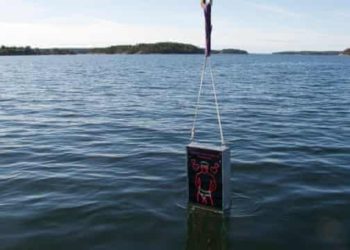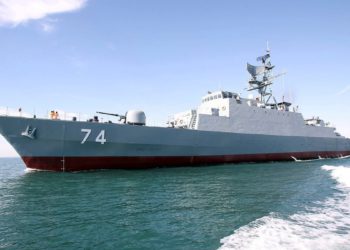That Time Iran Tried to Sink a U.S. Naval Vessel…Key Word, “Tried”
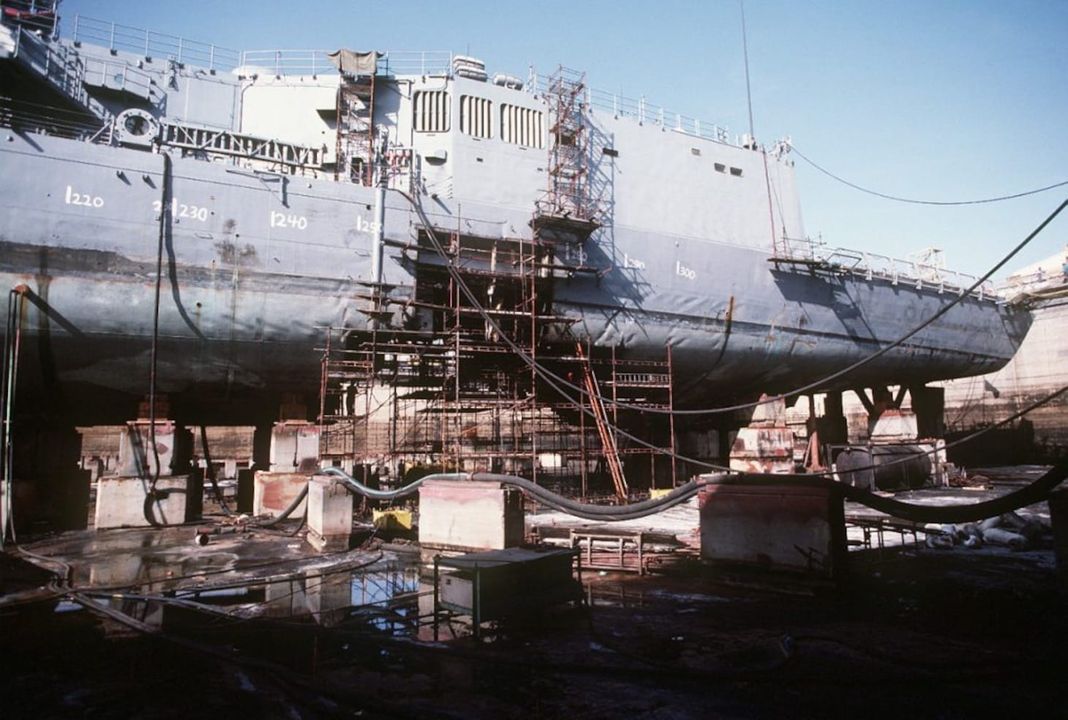
Commissioned in 1986, the USS Samuel B. Roberts was an Oliver Hazard Perry-class guided missile frigate and was still a relatively new ship when she was deployed to the Persian Gulf in 1988.
Iran-Iraq War and the Gulf Attacks
At this time, Iran was at war with Iraq, and in an attempt to strangle Iraq’s economy, Iran had begun to attack and sink Iraqi oil tankers. But this led to Kuwait offering their ships to transport oil for Iraq, and as a result, Iran began to attack those vessels as well. Needless to say, attacking oil tankers would cause other nations to take notice, and soon, the U.S. Navy had deployed warships to escort and protect said oil tankers. One of these was the Samuel B. Roberts.
But rather than back down, Iran opted to deploy sea mines across the gulf and in international waters. Unfortunately for the Roberts, she would fall victim to one of these mines. While on its way to be refueled by another vessel, the Roberts ended up striking one of these mines. The resulting explosion blew a 15-foot hole in the keel of the ship, causing the Roberts to take in half its weight in water in less than a minute. Now, this sort of damage would sink most vessels the size of the frigate, but as it would turn out, the Roberts had one advantage.
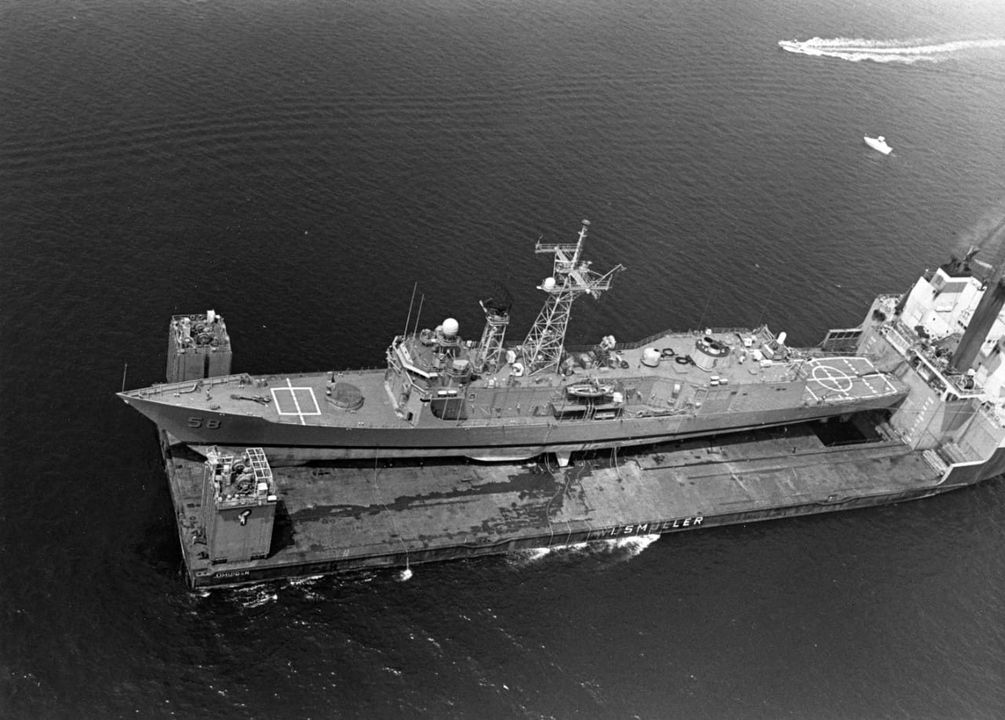
Damage Control Efforts
As it turned out, the Samuel B. Roberts had one of the best damage control crews in the entire U.S. Navy and had won numerous competitions prior to its deployment. For the next 5-6 hours, the crew did what they could to save the ship. They fought fires, sealed off the damaged areas, and used steel cables to stabilize the ship, as the only thing holding it together was the actual deck. But eventually, they were successful, and the Roberts was able to limp back to Abu Dhabi, where she would be prepared for the long voyage back to the U.S. The best part? No one was killed. Only 10 of the crew were injured in the blast.
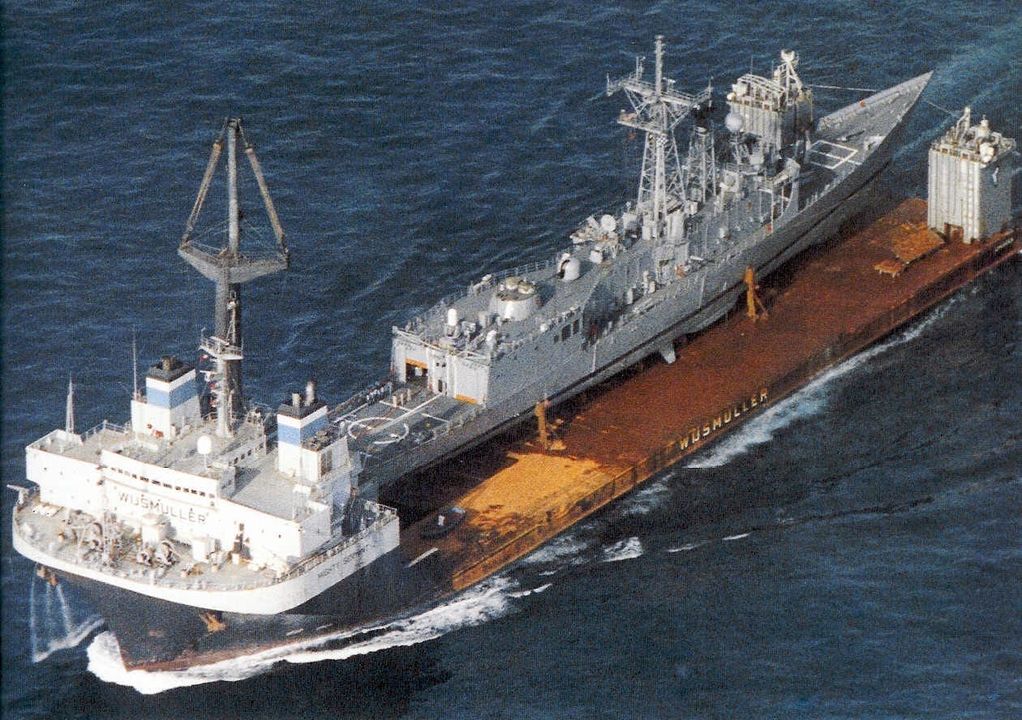
Return to Service
The Roberts was not only repaired but reentered the fleet less than a year later and continued to serve until 2015.
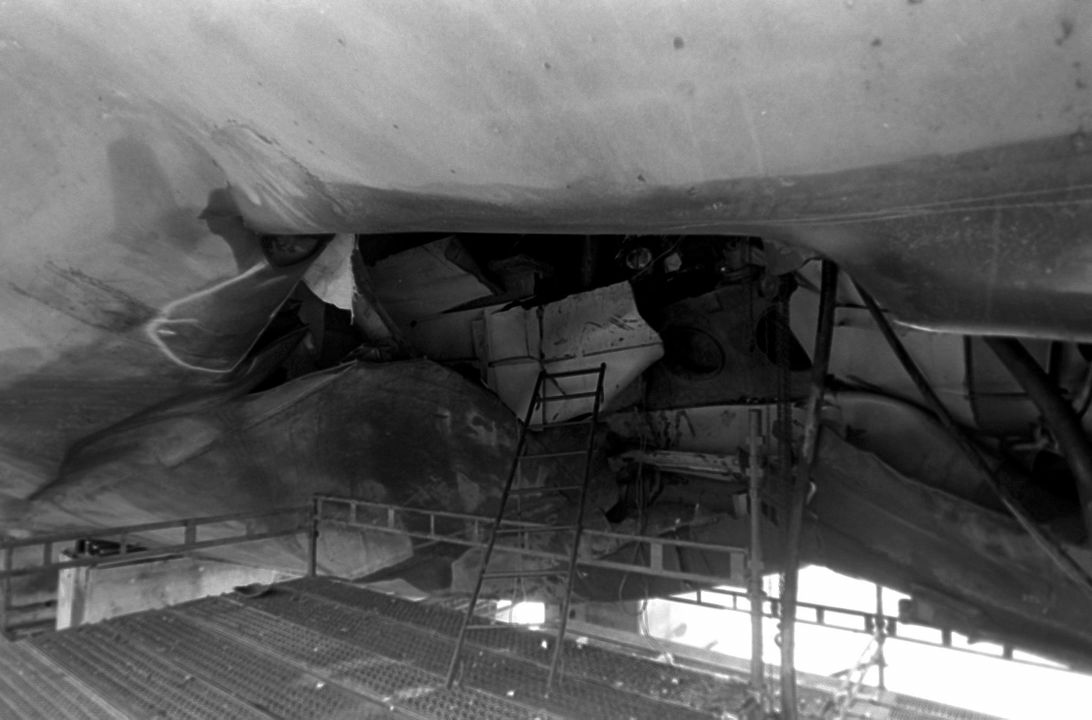
Now, obviously, the U.S. did not take kindly to one of their vessels being hit, and in less than a week, the U.S. Navy would respond in kind. But that is a post for another time, so stay on the lookout. ~NC






